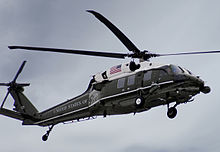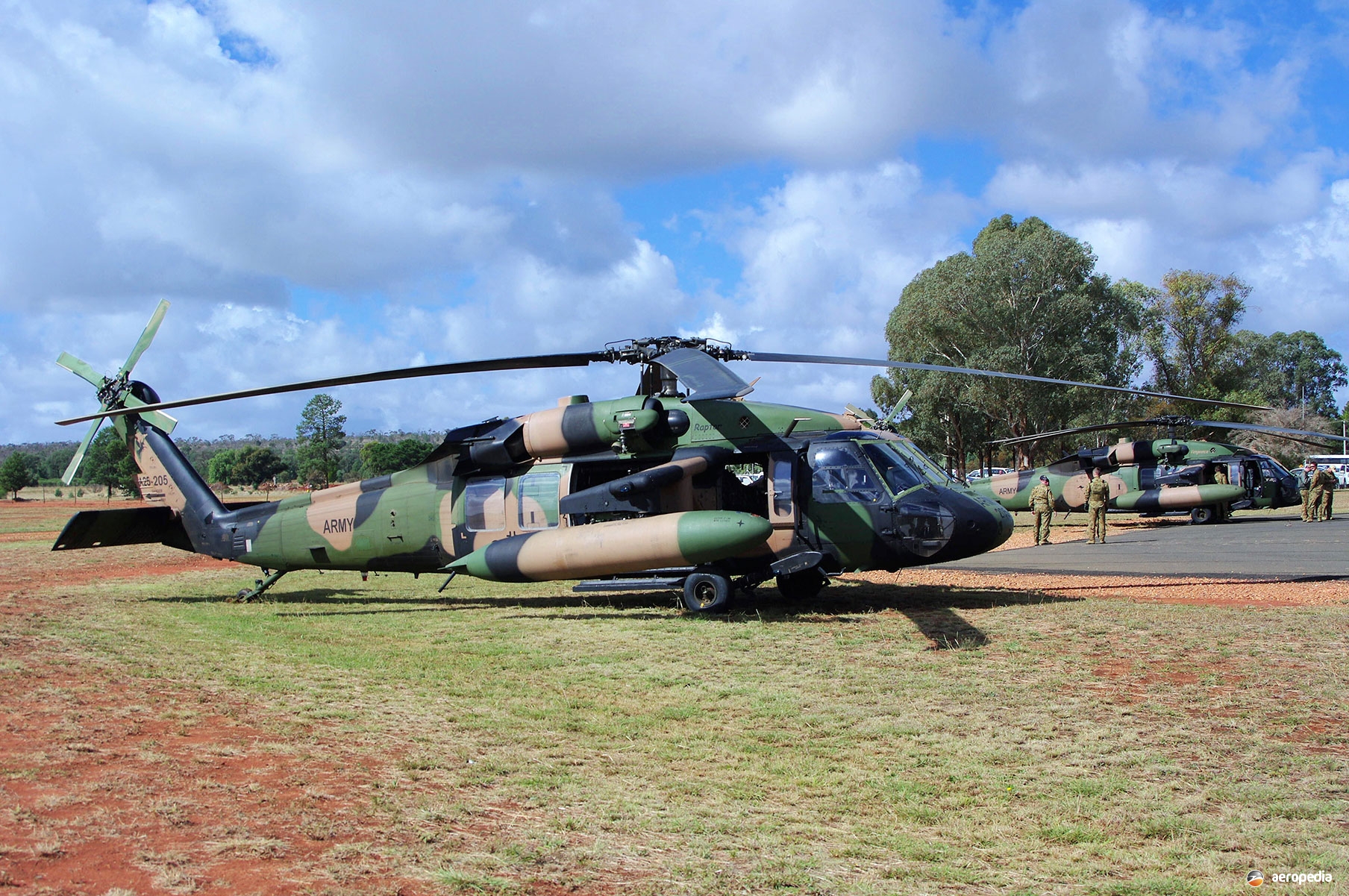High-Performance Multi-Role Rotorcraft Featuring Advanced Cockpit Technologies and Integrated Sensor Solutions
The realm of rotorcraft technology has actually seen noteworthy innovations in current times, specifically in the world of high-performance multi-role rotorcraft furnished with innovative cabin innovations and effortlessly incorporated sensing unit systems. These technologies have not just increased the functional capabilities of rotorcraft but have actually likewise considerably impacted modern aeronautics operations on various fronts. From enhanced goal adaptability to enhanced operational performance, the merging of sophisticated cockpit technologies and incorporated sensing unit systems has ushered in a brand-new age of opportunities for rotorcraft applications. In the complying with discussion, we will certainly check out the evolution of rotorcraft modern technology, dive into the world of sophisticated cabin technologies, and take a look at the ramifications of integrated sensing unit systems on the operational versatility and performance of modern rotorcraft.
Development of Rotorcraft Modern Technology
The development of rotorcraft modern technology has been noted by significant developments in the rules of aerodynamics, products, and propulsion systems, forming the capacities and performance of modern rotorcraft. Aerodynamic enhancements have actually boosted the performance and maneuverability of rotorcraft, permitting boosted rate, dexterity, and security throughout flight (sikorsky s 70). Developments in products, such as making use of composite products and progressed alloys, have caused lighter yet stronger rotorcraft frameworks, boosting overall performance and longevity. Additionally, developments in propulsion systems, including much more powerful engines and ingenious propulsion modern technologies, have actually made it possible for rotorcraft to attain greater elevations, faster speeds, and higher hauls.
These improvements have not only transformed the capacities of rotorcraft yet have actually also expanded their applications throughout different industries, consisting of armed forces, commercial, and emergency situation solutions. The constant evolution of rotorcraft modern technology continues to drive development in the field, pressing the boundaries of what is feasible and shaping the future of upright flight.
Advanced Cabin Innovations
Building upon the fundamental improvements in aerodynamics, products, and propulsion systems, the realm of rotorcraft modern technology now changes emphasis towards introducing Advanced Cabin Innovations. The integration of advanced innovations within the cabin atmosphere plays a vital role in enhancing the functional capacities, security, and efficiency of modern rotorcraft. sikorsky s 70. Advanced Cockpit Innovations incorporate a broad array of features designed to provide pilots with improved situational recognition, structured data administration, and user-friendly control interfaces
Among the vital improvements in cockpit style is the execution of glass cockpits, which change traditional analog assesses with high-resolution display screens. These digital systems supply customizable designs, real-time information integration, and boosted readability, enabling pilots to gain access to critical info at a glimpse. Progressed avionics systems, such as fly-by-wire controls and enhanced truth screens, are transforming exactly how pilots interact with the airplane, permitting for precise control and improved decision-making capacities.


Including innovative cockpit technologies not only enhances pilot performance but also adds to general mission performance and safety and security in complicated functional atmospheres. By leveraging cutting edge technologies within the cabin, rotorcraft producers are setting brand-new standards for functional excellence and goal success.
Integrated Sensor Systems
With the development of rotorcraft technology, the assimilation of sophisticated Integrated Sensor Equipment has come to be vital in enhancing functional performance and safety and security. These Integrated Sensor Systems include a broad range of modern technologies that provide essential information for various features such as navigating, monitoring, targeting, and ecological monitoring. By effortlessly integrating sensors like radars, electronic cameras, lidar, and infrared systems into rotorcraft, drivers can take advantage of improved situational recognition, enhanced goal abilities, and lowered pilot workload.
One trick advantage of Integrated Sensing unit Solutions is their capacity to gather real-time data and provide actionable understandings to pilots and goal drivers. Progressed radar systems can detect and track targets over long distances, enabling for very early hazard detection and effective reaction planning. Furthermore, incorporating electro-optical and infrared cams allows rotorcraft to perform reconnaissance and security goals with accuracy and precision.
Basically, the integration of sophisticated sensing unit modern technologies into rotorcraft not only improves functional performance but also contributes considerably to total mission success and team security. As rotorcraft proceed to develop, the function of Integrated Sensor Systems will most certainly continue to be at the center of technology in the aerospace sector.
Functional Flexibility and Efficiency
Enhancing operational convenience and performance in rotorcraft is a natural progression from the assimilation of innovative Integrated Sensor Systems. By leveraging the data and insights supplied by these advanced sensing unit systems, rotorcraft can enhance their performance across numerous objectives and atmospheres.
Functional adaptability includes the ability of rotorcraft to adjust to different duties and situations efficiently. With innovative cockpit technologies and incorporated sensor systems, rotorcraft can flawlessly shift between jobs such as search and rescue, medical emptying, monitoring, and more. This adaptability enhances the rotorcraft's capacity to satisfy diverse operational demands without needing considerable reconfiguration.
Effectiveness in rotorcraft operations is vital for making the most of goal efficiency and source application. Integrated sensor systems play a crucial function in boosting functional performance by giving real-time information on weather, surface mapping, target monitoring, and much more. This information enables pilots to make educated choices swiftly, optimize flight courses, conserve fuel, and boost overall objective efficiency.
Impact on Modern Air Travel Workflow
 this contact form 70
this contact form 70"/>
In addition, the combination of innovative sensing units facilitates enhanced goal planning and implementation, making it possible for rotorcraft to perform a variety of jobs with enhanced precision. From search and rescue procedures to aerial firefighting and police missions, the capacities of modern rotorcraft outfitted with advanced cabin technologies and incorporated sensor systems are unmatched.
Furthermore, the influence of these developments expands beyond operational performance to why not check here cost-effectiveness and sustainability. By optimizing trip routes, fuel usage, and upkeep schedules, high-performance rotorcraft furnished with innovative cabin technologies and sensing units add to reducing operational expenses and ecological impact, making them important properties in modern air travel procedures.
Verdict
Finally, the high-performance multi-role rotorcraft with sophisticated cabin modern technologies and integrated sensor systems stands for a substantial evolution in air travel modern technology. These innovations enhance operational flexibility and effectiveness, inevitably influencing modern-day aeronautics procedures in a favorable means. The assimilation of these advanced technologies enables enhanced capabilities and efficiency in various goal circumstances, showcasing the continued development of rotorcraft innovation in the air travel market.
The realm of rotorcraft technology has seen notable developments in recent times, particularly in the world of high-performance multi-role rotorcraft outfitted with sophisticated cabin innovations and perfectly integrated sensor systems. From enhanced goal adaptability to enhanced operational efficiency, the merging of sophisticated cockpit innovations and integrated sensing unit systems has actually ushered in a new period of possibilities for rotorcraft applications. In the adhering to discussion, we will discover the development of rotorcraft innovation, delve right into the realm of innovative cabin advancements, and analyze the implications of incorporated sensing unit systems on the functional flexibility and efficiency of modern-day rotorcraft.
